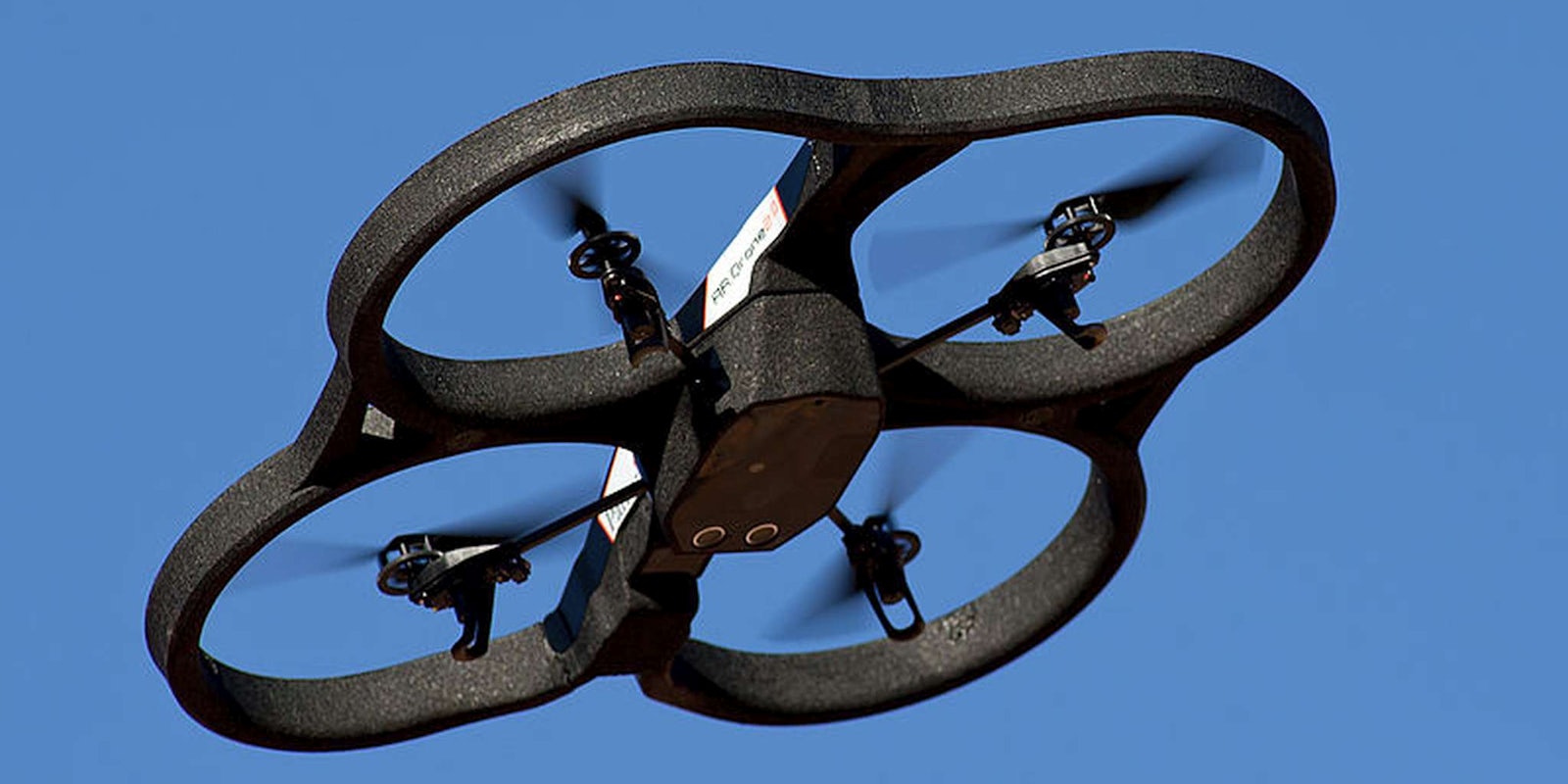A report released late last month by Department of Transportation’s inspector general warned that the Federal Aviation Administration is on track to miss a September 2015 deadline to come up with regulations that would legalize the commercial use of drones in United States airspace.
That deadline was imposed by Congress in 2012; however, the agency’s efforts to create a regulatory schema for the unmanned flying vehicles has dragged on since it imposed a ban on their use for commercial purposes all the way back in 2007.
The report, which is entitled “FAA Faces Significant Barriers to Safely Integrate Unmanned Aircraft Systems into the National Airspace System,” charges that the FAA has failed to complete a number of the essential steps necessary before allowing people to fly drones commercially. Those as-of-yet-uncompleted steps include settling on a system allowing drones to detect and avoid other aircraft, coming up with effective regulations for issues like working with air traffic controllers, aircraft certification, and setting up a system of reporting drone crashes and injuries, as well as clarifying the agency’s own bureaucratic structure on working with drones.
?Until [the] FAA addresses these barriers … [drone] integration will continue to move at a slow pace, and safety risks will remain,” the report reads.
Even so, the FAA has made some progress in recent years. Last year, it released a roadmap laying out a general sense of the agency’s plans on drones. It also, in accordance with the same 2012 bill that imposed the September 2015 deadline, has gradually started opening six drone test sites located around all over the country. However, of 17 provisions laid out for the FAA in the act, only nine have been completed.
The next drone deadline for the FAA is this August, when the agency is scheduled to come up with a draft plan for small drones weighing less than 55 pounds. The report stated that deadline also won’t be met.
In an email to Fox News, an FAA spokesperson didn’t contest the findings, writing, “the FAA agrees with the DOT IG’s recommendations and will carefully consider them as the agency continues to move forward with UAS integration.”
While the agency has dragged its feet on drones for a long time, part of the slow movement is understandable. If misused, drones can do some serious damage: one fatally decapitated a teenage boy in New York last year and another nearly collided with a commercial airliner this spring.
Added to that, drone technology is rapidly evolving. When the FAA first began seriously looking into drones, most were relatively large and flew at high altitudes. In recent years, there’s been a proliferation of small, nimble vehicles typically operating closer to the ground, which have allowed for a plethora of new uses. Figuring out the safety and privacy implications for all of these uses—especially by a conservative, naturally slow-moving agency like the FAA—takes some time. Just think of how long it took for the FAA to finally let people use tablets and smartphones on airplanes during takeoff and landing.
The FAA allows commercial drone use on the very limited case-by-case basis. Most uses, like delivering packages and shooting professional aerial photography, are prohibited. Government agencies and some nonprofit organizations to apply for single use exemptions to the ban, but even those are often problematic. The agency has issued a cease-and-desist order against a Texas-based search-and-rescue group that uses drones to locate missing hikers. The group insists that having to apply to the FAA every time they want to fly a drone isn’t feasible when every hour counts in the search for someone who could be out in the wilderness, injured, and alone.
The FAA’s ban has been challenged successfully in court.
A few years ago, a drone video production company called Team Blacksheet was hired by the University of Virginia to take footage over its campus for a promotional video. FAA officials saw the raw footage from the video on YouTube and hit the group with a $10,000 fine. The fine was challenged in court and an administrative judge agreed—charging that the FAA may not even have the authority to regulate drones in the first place. The FAA has appealed that ruling.
There is one region where the FAA has made significant progress in legalizing the commercial use of drones—the arctic. In the past year, the agency has granted permanent exemptions to the drone ban to energy giants ConocoPhillips and BP to use drones for oil and natural gas exploration along the northern shore of Alaska in accordance with a congressional mandate that they do precisely that.
The report estimates that commercial drones will grow into $89 billion industry within the next decade.
Photo by Nicolas Halftermeyer/Wikimedia Commons (CC BY-SA 3.0)


